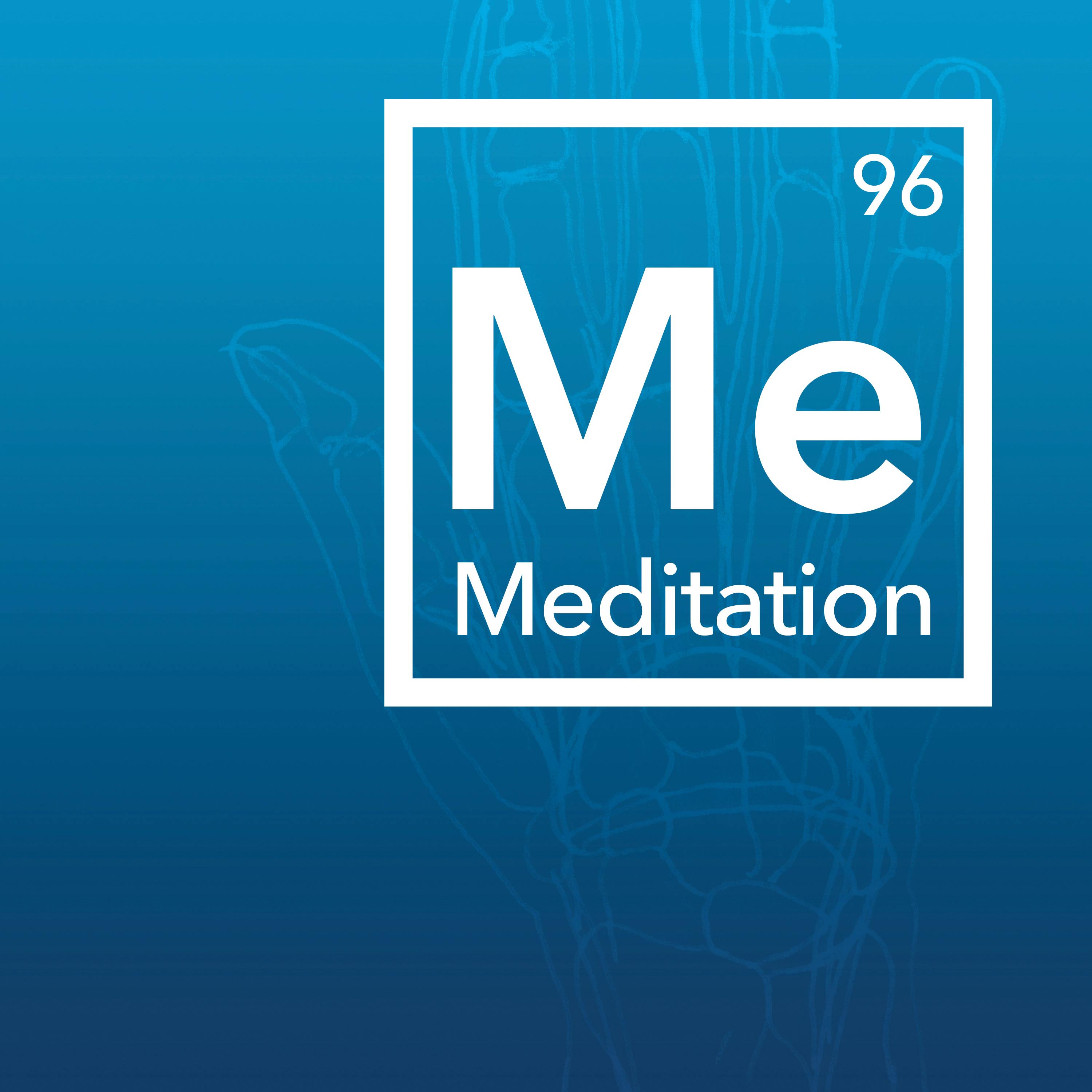
October 31, 2022 • 2hr 23min
How Meditation Works & Science-Based Effective Meditations
Huberman Lab

Key Takeaways
- Meditation involves shifting perception along continuums of interoception (internal focus) vs. exteroception (external focus) and interoception vs. dissociation
- Assessing your natural bias towards interoception or exteroception can help determine the most effective meditation practice
- Meditation can lead to both short-term state changes and long-term trait changes in the brain and nervous system
- Key brain areas involved in meditation include the prefrontal cortex, anterior cingulate cortex (ACC), and insula
- Breathing patterns during meditation can be used to either increase alertness or promote relaxation
- Even brief 3-5 minute daily meditation sessions can provide benefits if done consistently
- Yoga nidra and NSDR practices may be more effective than traditional meditation for improving sleep
- A "space-time bridging" meditation technique is introduced that incorporates multiple aspects of perception and awareness
Introduction
In this episode, Dr. Andrew Huberman discusses the science behind meditation and how to develop an optimal meditation practice. He explains the key biological mechanisms involved in different types of meditation and describes how meditation can lead to both short-term state changes and long-term trait changes in the brain and nervous system. The episode covers topics like interoception vs. exteroception, breathing techniques, the default mode network, and how to select the best type of meditation based on your goals and natural tendencies.
Topics Discussed
Neuroscience of Meditation (16:02)
Huberman explains some of the key brain areas involved in meditation:
- Left dorsolateral prefrontal cortex - Involved in interpreting bodily signals and emotions and making decisions
- Anterior cingulate cortex (ACC) - Interprets bodily signals like heart rate and breathing
- Insula - Interprets internal bodily signals as well as external sensory information
These areas work together to interpret internal and external sensations and determine if they are appropriate for the current context. Meditation practices can modulate the activity of these brain regions.
Interoception vs. Exteroception (33:41)
Huberman introduces two key continuums involved in meditation and perception:
- Interoception - Awareness of internal bodily sensations
- Exteroception - Awareness of external sensory information
He explains that closing your eyes during meditation tends to shift awareness more towards interoception. Different meditation practices can be used to deliberately move along this continuum.
Default Mode Network and Mind Wandering (42:20)
Huberman discusses the default mode network - brain areas active when not focused on a specific task. He references a study showing that mind wandering is associated with decreased happiness. Meditation practices can help reduce mind wandering and increase present-moment awareness.
Assessing Your Meditation Needs (53:30)
Huberman recommends assessing whether you tend to be more interoceptively or exteroceptively biased. He suggests:
- If you're naturally more interoceptive, try an exteroceptive meditation focusing on external objects
- If you're naturally more exteroceptive, try an interoceptive meditation focusing inward
This helps engage neuroplasticity by challenging your default tendencies.
State vs. Trait Changes (1:01:48)
Huberman explains that meditation can lead to both:
- State changes - Short-term alterations in brain activity during/immediately after meditating
- Trait changes - Long-term changes in baseline brain function and behavior with consistent practice
Brief Meditations (1:07:35)
Even brief 3-5 minute daily meditations can provide benefits if done consistently. Huberman recommends apps like Waking Up for guided meditations of various lengths.
The "Third Eye Center" (1:10:30)
Huberman explains that focusing on the "third eye center" during meditation:
- Refers to the prefrontal cortex area behind the forehead
- Directs attention to an area with no sensory neurons
- Allows thoughts/emotions to become more prominent in awareness
Meditation Practice Types (1:20:46)
Key factors to consider in meditation practice:
- Interoceptive vs exteroceptive focus
- Eyes open vs closed
- Breathing patterns
- Duration and frequency
- Goal (e.g. relaxation, focus, sleep)
Breathwork in Meditation (1:24:10)
Huberman discusses how breathing patterns can be used to modulate arousal:
- Longer/more vigorous inhales increase alertness
- Longer/more vigorous exhales promote relaxation
- Balanced inhales/exhales maintain current state
He explains cyclic vs. complex breathing patterns and how they impact attention during meditation.
Interoception vs. Dissociation Continuum (1:39:22)
Huberman introduces another key continuum in meditation:
- Interoception - Full awareness of bodily sensations
- Dissociation - Disconnection from bodily sensations
He explains that the ideal state is a balance between these extremes. Certain meditation practices can help achieve this balance.
Meditation and Sleep (2:00:18)
Huberman discusses the relationship between meditation and sleep:
- Traditional meditation may not be ideal close to bedtime as it increases focus
- Yoga nidra and NSDR practices may be more effective for improving sleep
- These practices can help reduce cortisol and replenish dopamine
Choosing a Meditation Practice (2:11:33)
Key factors to consider when selecting a meditation practice:
- Your natural tendencies (interoceptive vs exteroceptive)
- Your goals (e.g. focus, relaxation, sleep)
- What you can do consistently
- Time of day
Space-Time Bridging (STB) Meditation (2:14:53)
Huberman introduces a meditation technique he developed called "space-time bridging" that incorporates multiple aspects:
- Cycles through interoceptive and exteroceptive focus
- Shifts awareness from internal to progressively more distant external focal points
- Incorporates different time scales of perception
- Aims to increase flexibility in directing attention and awareness
Conclusion
This comprehensive episode provides a scientific framework for understanding meditation and developing an optimal personal practice. Key takeaways include the importance of assessing your natural tendencies, using breathing to modulate arousal, and selecting meditation types that challenge your default state. Even brief daily sessions can provide benefits if done consistently. Huberman emphasizes that different forms of meditation may be best suited for different goals like improving focus, relaxation, or sleep. The space-time bridging technique introduced offers a novel approach to increase perceptual flexibility. Overall, this episode offers valuable insights for both meditation novices and experienced practitioners to enhance their practice and reap greater benefits.







